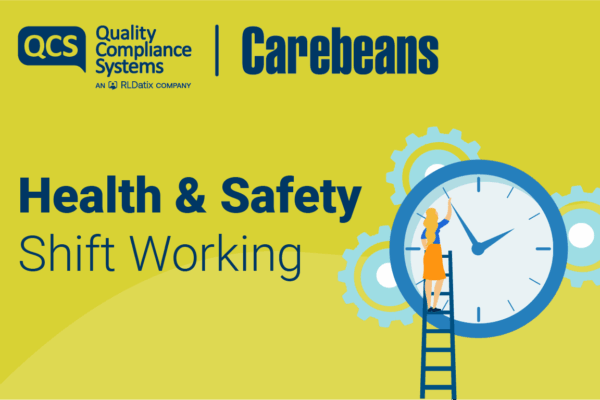Download our monthly Health and Safety review for March 2022 on ‘Personal Protective Equipment’ by our partner, Napthens here
DOWNLOAD NOW
Alternatively, read it here:
Since March 2020, Personal Protective Equipment (PPE) has been amongst the most frequently discussed Health & Safety related topics. Whether we’ve been talking about PPE availability, PPE suitability, the effectiveness of PPE, PPE compatibility with the environment in which its used or the tolerability of PPE to its users – Personal Protective Equipment and some of the challenges with its application and use have become something many millions more people are aware of recently, and it remains firmly in the Health & Safety headlines.
PPE is defined in the regulations as; all equipment (including clothing affording protection against the weather) which is intended to be worn or held by a person at work, protecting them from one or more risks to their health and safety. We could be talking non-slip or toe capped protective footwear, gloves, ear plugs and hard hats, of course more recently we’ve all been made far more aware of the use of respiratory protective equipment in some settings too.
The Personal Protective Equipment at Work Regulations 1992 required that employers provide suitable PPE for any of their employees, where they face risks to their health and safety at work, unless this risk has been adequately controlled by other, more effective means. Ultimately, if you’re an employer and you can’t control the risks to the health and safety of your employees sufficiently to protect them from harm, then PPE must be provided to further reduce the chance of harm occurring.
For you as an employer to comply with the regulations, the Personal Protective Equipment provided has to meet some specific criteria and its not as simple as just throwing any old PPE at your staff and letting them get on with it! In order for the PPE to be deemed suitable, it’s an employer’s responsibility to ensure that the equipment provided is appropriate for the risks involved and the conditions present where the risk may occur. Equipment provided must take account of the ergonomic requirements of the user as well as considering their state of health. It’s got to fit right and while it’s got to be effective in reducing the risk it’s been put in place to deal with – it’s use must not introduce additional risks overall! You’ve got to ensure items of PPE are compatible with each other, so that they can all effectively do their jobs and you have to ensure that all PPE is maintained in an effective condition as well as replaced as and when replacement is required. Remember, you can’t charge for PPE or replacement items!
Finally, a safe place to store the PPE must be provided and anyone expected to use PPE will need sufficient information, instruction, and training in its use – it won’t adequately control any risks if its not used properly after all. Your employees are responsible for using the PPE as they’ve been shown but you must supervise them and act in the event of identifying non-compliance.
The latest significant change in H&S legislation, which takes effect on the 6th April 2022, is the introduction of the Personal Protective Equipment at Work (Amendment) Regulations 2022. These regulations amend the 1992 rules, extending the duties of employers to a wider group of “workers”, defined to include those who have a more casual employment relationship than an employee. The duties themselves are not amended but they now apply to all persons carrying out work for you, those who meet the definition of a worker described in the amendment. If they have a contract of employment, you’ve always had the duty to provide suitable PPE to these workers, as employees, subject to the conditions above. The rules now also apply to those who may work on a casual basis, so its important that you review and confirm the status of those carrying out work for you and make provision of PPE, where it’s necessary, to those you are responsible for.






